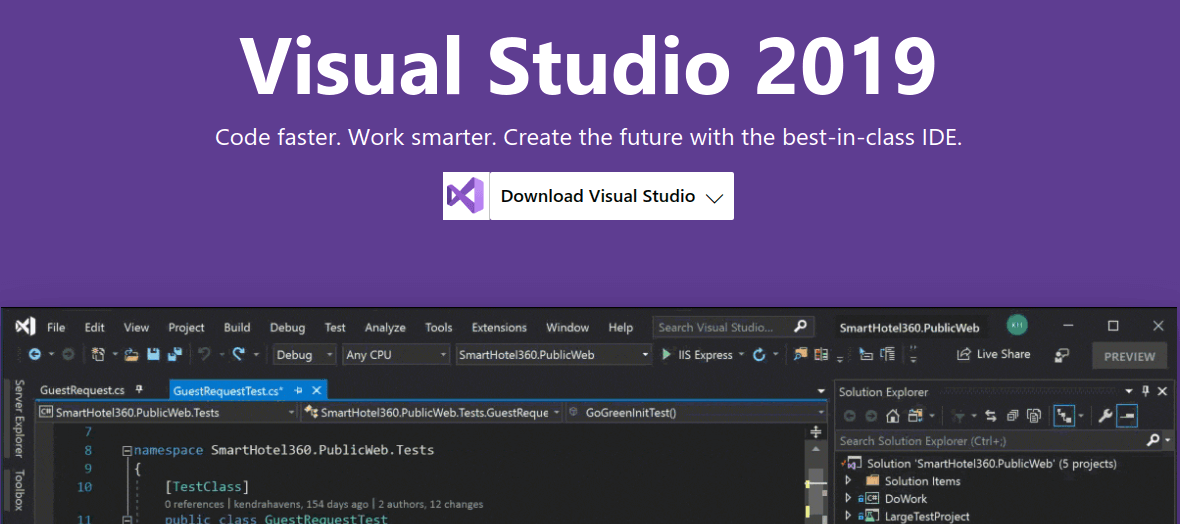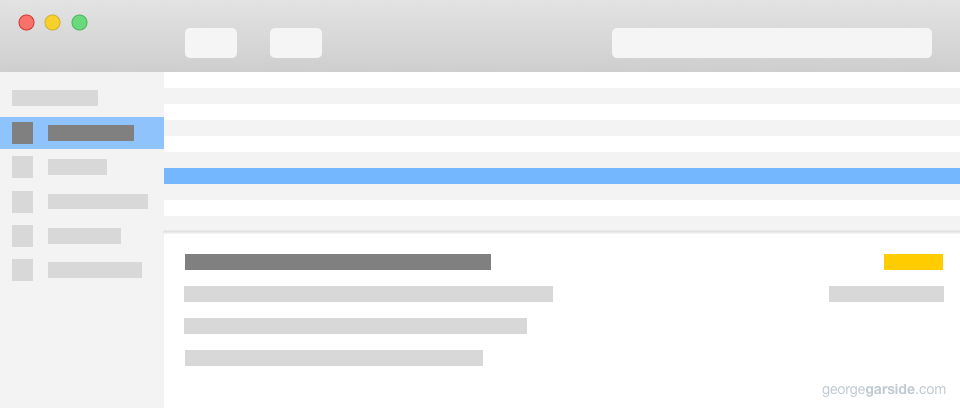This Tutorial is taken from here
In this article, let us discuss how to debug a c program using gdb debugger in 6 simple steps.

Binding and Unbinding to Active Directory from Mac OS via Command Line. Open the Terminal Application; Type in sudo -i and type in your Mac Administrator account password. Sudo gives you root level or administrator level privileges. To View current Active Directory Settings. Dsconfigad -show. To Unbind a Computer from an Active Directory Domain. C Debugging Tool For Mac Sierra Terminal; C Debugging Tool For Mac Sierra Terminal. Disk Utilities Debug menu has quite a selection of capabilities, though most are designed for developers to use in testing apps that may work with the Mac's storage system. Most items are benign, such as List All Disks, or List All Disks with Properties. The -gtells the compiler to include debugging symbols. The binary is called a.out(and you can change the program name to dengby running gcc -g deng.c -o deng) To actually run the program, you have to run./a.out(or./deng, if you ran gcc with -o deng). To debug the program, you run gdb a.out(or gdb deng) and then type run. This really makes for a nice Mac debug tool, because you can easily bounce back and forth between the different log files without requiring multiple windows. Mac debugging and Mac system log files - Summary. I hope this tip on how to debug Mac problems by checking your Mac system log files has been helpful.
Write a sample C program with errors for debugging purpose
To learn C program debugging, let us create the following C program that calculates and prints the factorial of a number. However this C program contains some errors in it for our debugging purpose.
Let us debug it while reviewing the most useful commands in gdb.
Step 1. Compile the C program with debugging option -g
Compile your C program with -g option. This allows the compiler to collect the debugging information.
C Debugging Tool For Mac Sierra Terminal 4
Note: The above command creates a.out file which will be used for debugging as shown below.
Step 2. Launch gdb
C Debugging Tool For Mac Sierra Terminal Linux
Launch the C debugger (gdb) as shown below.

Step 3. Set up a break point inside C program
Other formats:
- break [file_name]:line_number
- break [file_name]:func_name
Places break point in the C program, where you suspect errors. While executing the program, the debugger will stop at the break point, and gives you the prompt to debug.
So before starting up the program, let us place the following break point in our program.
Step 4. Execute the C program in gdb debugger
You can start running the program using the run command in the gdb debugger. You can also give command line arguments to the program via run args. The example program we used here does not requires any command line arguments so let us give run, and start the program execution.
Itool For Mac
Once you executed the C program, it would execute until the first break point, and give you the prompt for debugging.

You can use various gdb commands to debug the C program as explained in the sections below.
Step 5. Printing the variable values inside gdb debugger
As you see above, in the factorial.c, we have not initialized the variable j. So, it gets garbage value resulting in a big numbers as factorial values.
Fix this issue by initializing variable j with 1, compile the C program and execute it again.
Even after this fix there seems to be some problem in the factorial.c program, as it still gives wrong factorial value.
So, place the break point in 10th line, and continue as explained in the next section.
Step 6. Continue, stepping over and in – gdb commands
There are three kind of gdb operations you can choose when the program stops at a break point. They are continuing until the next break point, stepping in, or stepping over the next program lines.
- c or continue: Debugger will continue executing until the next break point.
- n or next: Debugger will execute the next line as single instruction.
- s or step: Same as next, but does not treats function as a single instruction, instead goes into the function and executes it line by line.
By continuing or stepping through you could have found that the issue is because we have not used the <= in the ‘for loop’ condition checking. So changing that from < to <= will solve the issue.
gdb command shortcuts
Use following shortcuts for most of the frequent gdb operations.
C++ Debugging Tool For Mac Sierra Terminal Commands
- l – list
- p – print
- c – continue
- s – step
- ENTER: pressing enter key would execute the previously executed command again.
C++ Debugging Tool For Mac Sierra Terminal Command
Miscellaneous gdb commands
C Debugging Tool For Mac Sierra Terminal Download
- l command: Use gdb command l or list to print the source code in the debug mode. Use l line-number to view a specific line number (or) l function to view a specific function.
- bt: backtrack – Print backtrace of all stack frames, or innermost COUNT frames.
- help – View help for a particular gdb topic — help TOPICNAME.
- quit – Exit from the gdb debugger.
